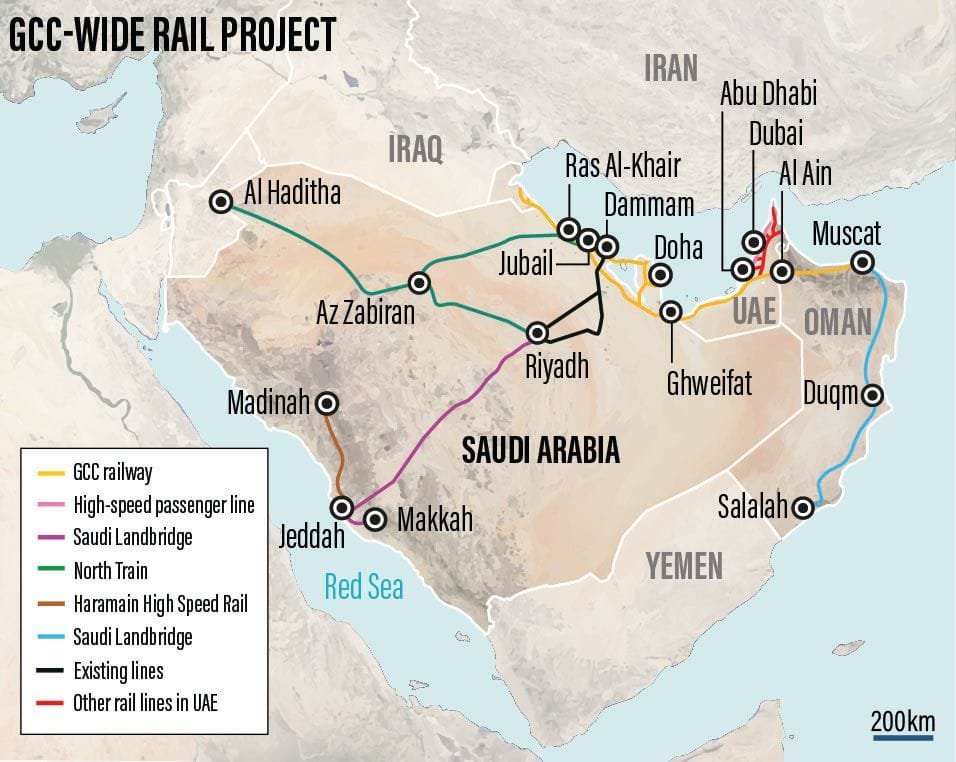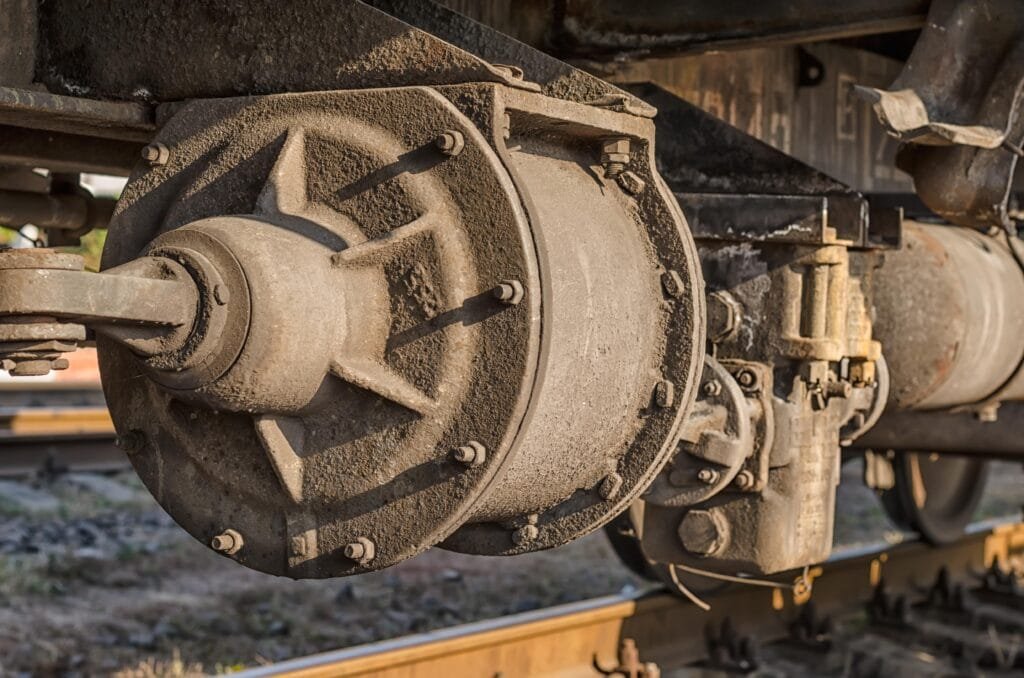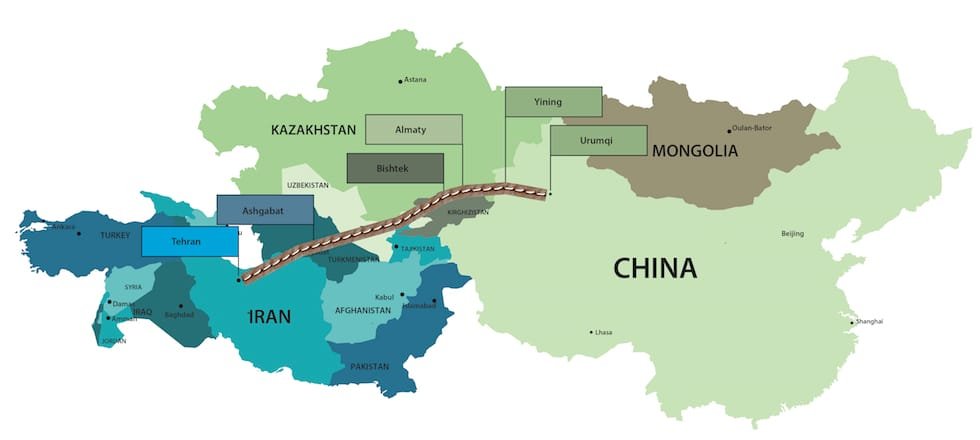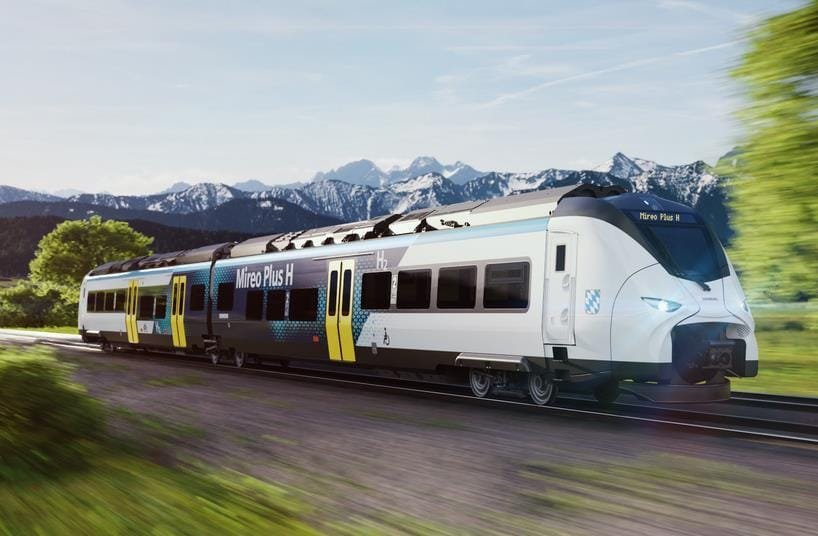Switches Aligned, Route Clear! 🚆
The desert is changing. For decades, Saudi Arabia’s vast landscapes were crossed mainly by trucks, buses, and cargo convoys. But something new is taking shape — steel lines that promise to connect cities, ports, and entire nations, quietly redefining movement across the Gulf.
Saudi Arabia’s railway ambitions are accelerating, and the change is visible. From internal freight corridors to future cross-border connections, the Kingdom is laying tracks not only through its own territory, but toward a more connected region.
At the heart of this transformation is the Saudi Land Bridge Project — a long-planned, now fast-moving development that aims to finally link the Red Sea to the Arabian Gulf by rail. And beyond national borders, new talks and planning efforts are pushing Saudi Arabia closer to the UAE, Oman, and Kuwait, with rail as the common thread.
Building the Spine: The Land Bridge Project
Imagine boarding a train in Jeddah, on the western coast, and stepping off in Dammam, on the eastern shores — after crossing the entire country by rail. That’s the promise of the Land Bridge.
Stretching roughly 1,300 kilometers, this line will connect Jeddah, Riyadh, and Dammam, creating Saudi Arabia’s first coast-to-coast railway. It’s not just a passenger dream — it’s also a logistics revolution, aiming to cut freight transit times dramatically and shift thousands of trucks off the roads.
Currently in the final design and pre-construction phase, tenders for the Land Bridge are expected by the end of 2024. If all goes to plan, the project will become the backbone of Saudi rail — the link that allows goods and people to move seamlessly across the Kingdom.
Beyond Borders: Toward a Connected Gulf
But Saudi Arabia isn’t building this network just for itself. The Land Bridge may soon become a central piece in something even bigger: a fully integrated GCC Railway Network, linking all six Gulf Cooperation Council nations.
Talks are already underway.
To the northeast, a rail link with Kuwait is being discussed, with funding for Kuwait’s domestic segment already allocated for 2024.
To the east, a planned line through the Al Batha border would connect Saudi tracks directly to Etihad Rail, which is nearing completion in the UAE.
And to the southeast, Saudi Arabia is exploring future integration with Oman’s railway system, potentially linking to Sohar and Muscat once Oman Rail’s expansion plans move forward.
None of these cross-border lines have broken ground yet, but high-level discussions are in progress, and regional coordination is intensifying.
Why This Matters: Rail as Strategy
Saudi Arabia’s push into rail isn’t just about transportation — it’s about strategy.
Rail will support the country’s broader Vision 2030 goals: diversifying the economy, growing the tourism sector, and turning the Kingdom into a logistics hub between Asia, Europe, and Africa. It will also support greener transport, reducing carbon emissions and traffic congestion.
More importantly, the move toward cross-border railway integration could strengthen the entire Gulf region — politically, economically, and culturally — by making trade and movement smoother, faster, and more reliable.
As freight trains replace convoys, and new stations rise in the desert, the GCC’s future may start to look more like Europe’s — interconnected by high-capacity, high-efficiency rail.
What Comes Next
In the coming months, attention will turn to tender announcements for the Land Bridge. If launched in late 2024 as expected, construction could begin shortly after.
Cross-border projects will take longer — likely moving into planning and tendering stages from 2025 onwards. Their timeline depends not only on engineering, but also on diplomacy, shared funding, and technical harmonization across countries.
National development is being led by Saudi Arabia Railways (SAR), while cross-border coordination is handled through joint ministerial talks and regional task forces.
Conclusion: Tracks Toward a Shared Future
The Gulf is changing — and rails are rising. With the Land Bridge Project moving closer to reality and discussions on cross-border lines gaining traction, Saudi Arabia is positioning itself as a central hub in a reimagined regional rail network.
It’s a long-term vision, and much depends on what happens in the next two years. But if the plans materialize, the result could be historic: a connected Gulf, with goods and people moving across borders not just by truck, but by train — quietly, efficiently, and sustainably.
At Beyond Tracks, we’ll be here to follow every curve and connection as this new chapter in Gulf transport unfolds.
Sources:
-
Saudi Transport General Authority (TGA) – Vision 2030 transport strategy (March–April 2024)
-
Saudi Arabia Railways (SAR) – 2024 infrastructure updates and public statements
-
Gulf Cooperation Council (GCC) – Official railway integration reports
-
Etihad Rail – Project milestones and Phase 2 updates (April 2024)
-
Oman Rail – Communications on network expansion toward Sohar and Muscat
-
Gulf News – Reporting on Saudi tenders and GCC-wide coordination (April 2024)
-
MEED (Middle East Economic Digest) – Analysis of the Land Bridge and regional integration (March–April 2024)











